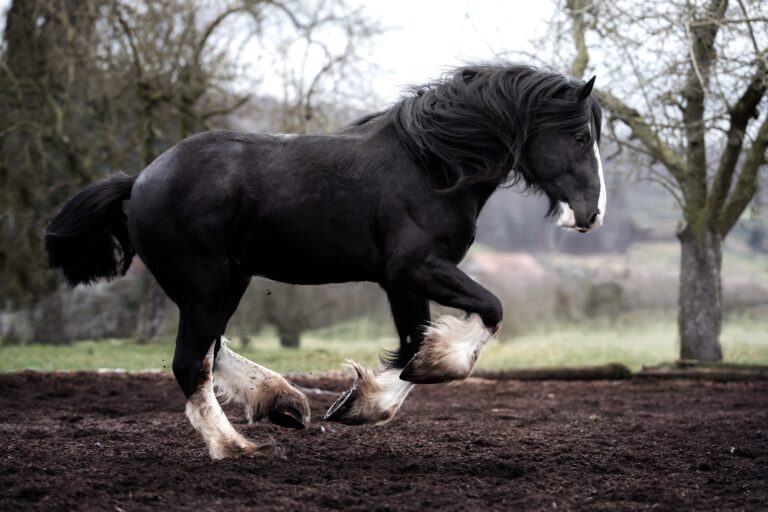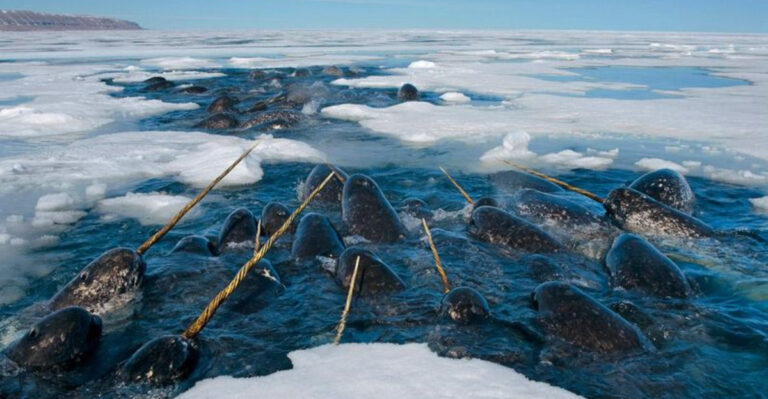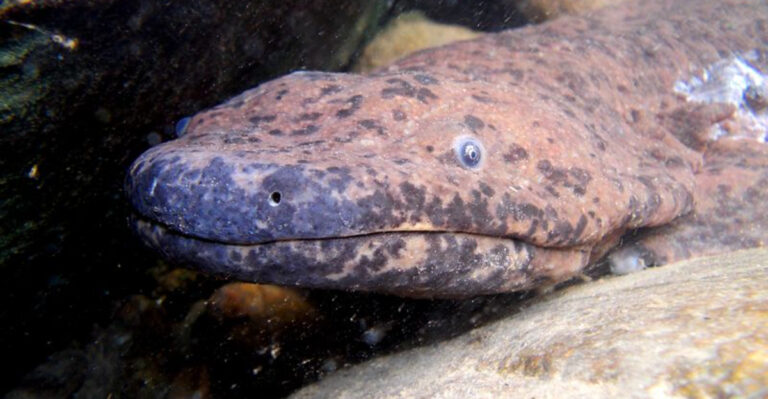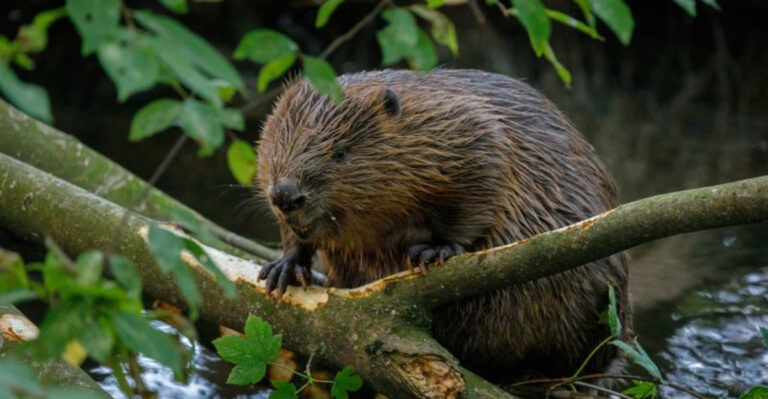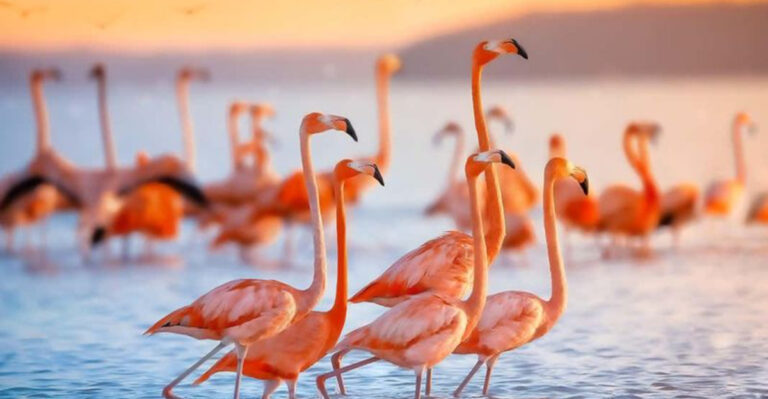All About The Mapogo Lion Coalition
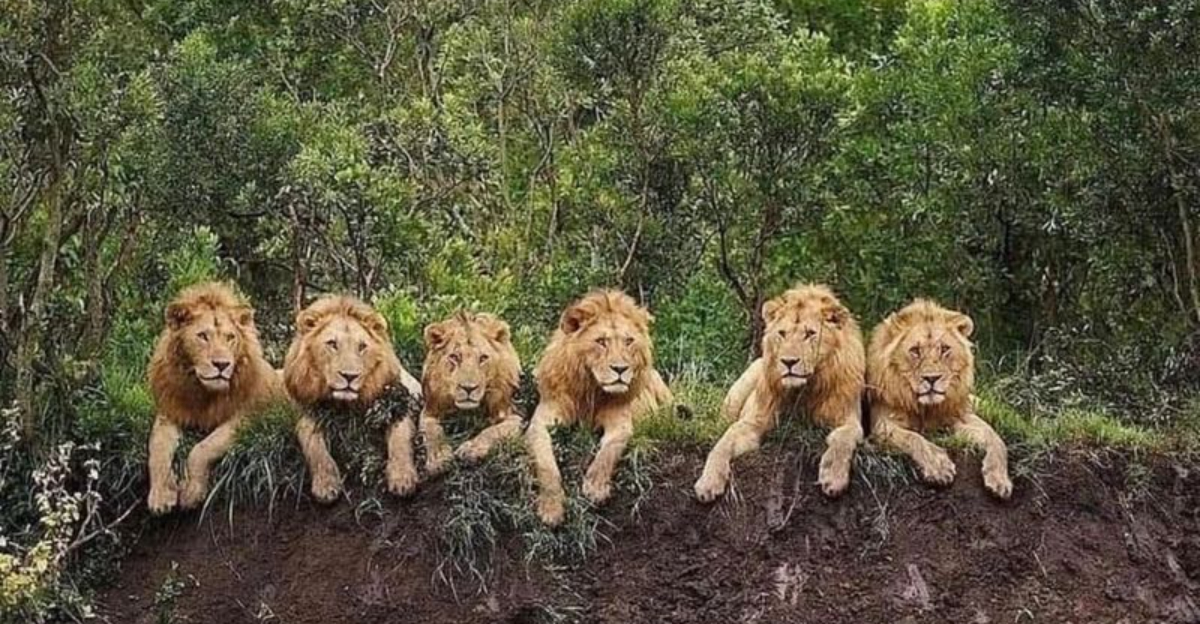
The Mapogo Lion Coalition stands as a testament to the power of teamwork and dominance in the wild.
This legendary group of lions, known for their unprecedented strength and strategic prowess, has captured the fascination of wildlife enthusiasts and researchers alike. Their story is one of unity, power, and a profound impact on their environment.
1. Introduction To The Mapogo Lion Coalition
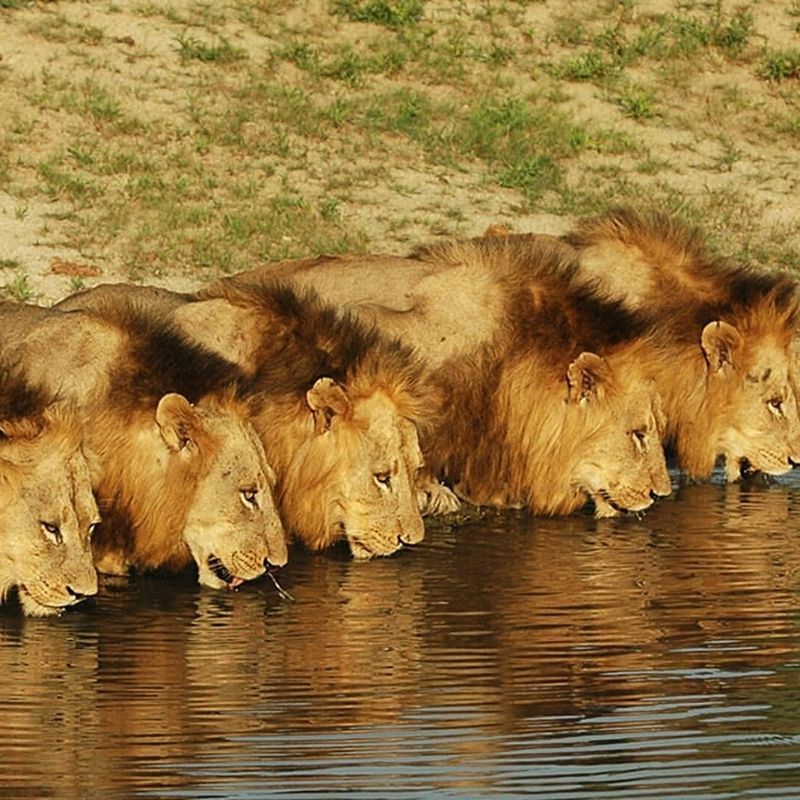
The Mapogo Lion Coalition, a notorious group of male lions, became legendary for their unmatched strength and unity. Originating from the Sabi Sands region in South Africa, these lions were known for their extraordinary ability to dominate large territories.
The coalition began as a small group of six brothers who were born into the Sparta pride. As they matured, their bond grew stronger, leading them to eventually form a coalition that would change the dynamics of lion territories across the region.
Their story is not just one of brute strength, but also of strategic thinking and impeccable teamwork. The Mapogo lions operated with a level of coordination that was rarely seen in the wild, allowing them to outsmart and overpower rival lions and other predators.
Their presence in the savannah was a game-changer, marking the start of a new era in lion coalitions. This introduction sets the stage for understanding how a group of lions, through sheer strength and unity, could rewrite the rules of survival in the wild. It’s a tale of power, dominance, and the profound impact of brotherhood.
2. Origins And Formation: How The Mapogo Lions Came Together
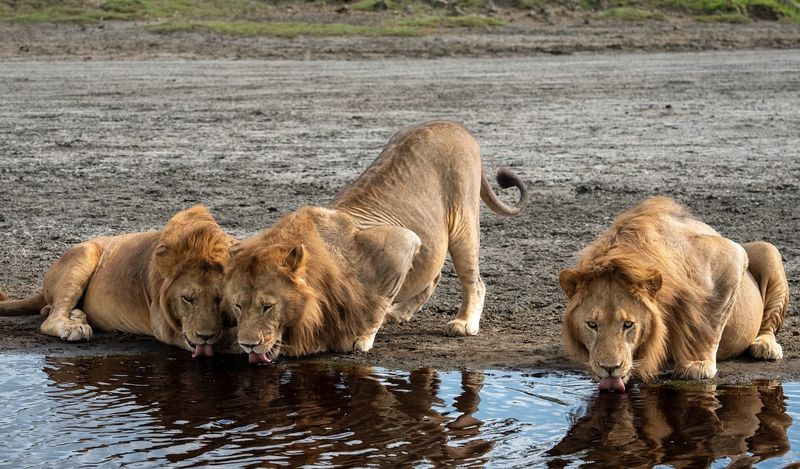
The origins of the Mapogo Lion Coalition trace back to the early 2000s when six male lion cubs were born into the Sparta pride in the Sabi Sands area. These lions, known as Rasta, Kinky Tail, Mr. T, Dreadlocks, Pretty Boy, and Scar, shared not only a bloodline but a formidable bond.
Raised in a nurturing and competitive environment, they learned the art of hunting and survival from an early age under the guidance of their attentive mothers. As they grew into sub-adults, the coalition members began to showcase their distinct personalities and skills.
The decision to stay together after leaving their natal pride was unusual, yet it laid the foundation for their future dominance. Their unity was their strength, providing them the ability to take over and control other territories.
Through their collaborative efforts, they honed their hunting skills and developed strategies to overthrow resident males in other prides. This coalition was not just a result of necessity but a testament to the power of brotherhood and cooperation, which would eventually make them one of the most feared and respected lion groups in history.
3. Members Of The Coalition: The Six Lions Who Ruled The Sabi Sands
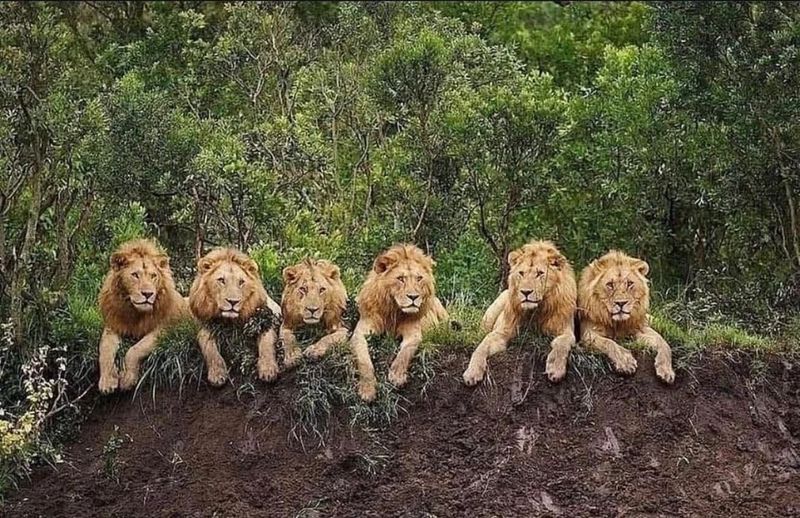
The Mapogo Lion Coalition consisted of six powerful male lions, each contributing unique skills to the group’s success. These lions were Rasta, Kinky Tail, Mr. T, Dreadlocks, Pretty Boy, and Scar. Each member had distinct features and personalities that made them stand out individually while forming a formidable group collectively.
Rasta, known for his thick mane and calm demeanor, often acted as a stabilizing force within the group. Kinky Tail, with his distinctive tail, was renowned for his aggression and fighting prowess. Mr. T, on the other hand, was infamous for his ruthless nature and dominance, often leading the charge in battles.
Dreadlocks, with his rugged appearance, was known for his strategic mind and ability to outsmart opponents. Pretty Boy and Scar, the two seemingly less aggressive lions, played crucial roles in maintaining the coalition’s harmony and balance.
Together, these six lions ruled the Sabi Sands with an iron paw, challenging any who dared to oppose them. Their reign was marked by strength, strategy, and an unbreakable bond that made them legends in their own right.
4. Territory And Range: The Dominance Of The Mapogo Lions
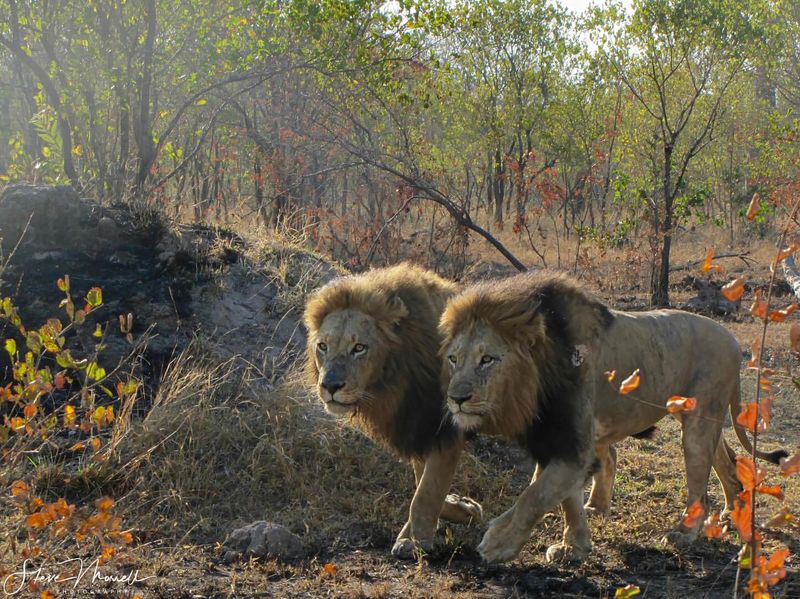
The Mapogo Lion Coalition’s dominance extended over a vast territory in the Sabi Sands, an area renowned for its rich biodiversity. At their peak, the coalition controlled approximately 170,000 acres, a testament to their strength and strategic prowess.
This range included multiple prides, which they ruled with an iron grip, often eliminating rival males to maintain their hold. Their ability to control such a large area was due to their strategic movement and understanding of the land.
The Mapogos moved with precision and purpose, ensuring they were always in key locations to defend their territory from intruders. This not only secured their food supply but also allowed them to sire numerous offspring, ensuring their legacy continued.
The coalition’s reign over this vast range was a clear demonstration of their unparalleled strength and influence in the lion world. Their ability to adapt to different terrains and climates within their territory further exemplified their dominance, making them a formidable force in the African wild.
5. Hunting And Feeding Strategies: How The Mapogos Thrived
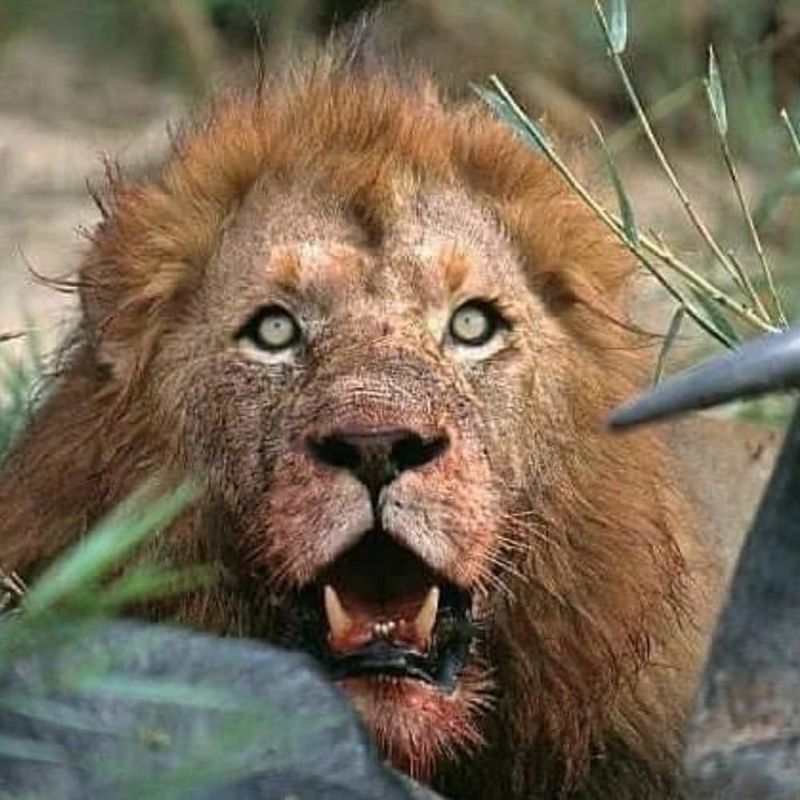
The Mapogo lions thrived due to their exceptional hunting and feeding strategies, which set them apart from other lion coalitions. Their collaborative approach to hunting allowed them to take down large prey, such as buffalo and giraffes, which provided sustenance for the entire coalition.
This was crucial for maintaining their strength and energy levels, especially given the vast territory they controlled. Their hunting style was characterized by strategic planning and coordination, with each member playing a specific role in the hunt.
This teamwork enabled them to outmaneuver prey that would typically be too challenging for individual lions or smaller groups. Their ability to anticipate their prey’s movements and adapt quickly was a testament to their intelligence and experience. In addition to hunting, the Mapogos were known for their feeding hierarchy, which ensured that all members had access to food.
This system minimized conflicts within the group and maintained unity, further strengthening their bond and effectiveness as a coalition. Their success in hunting and feeding was a key factor in their dominance, allowing them to sustain their reign over the Sabi Sands.
6. Unparalleled Strength And Teamwork: What Made The Mapogos So Powerful
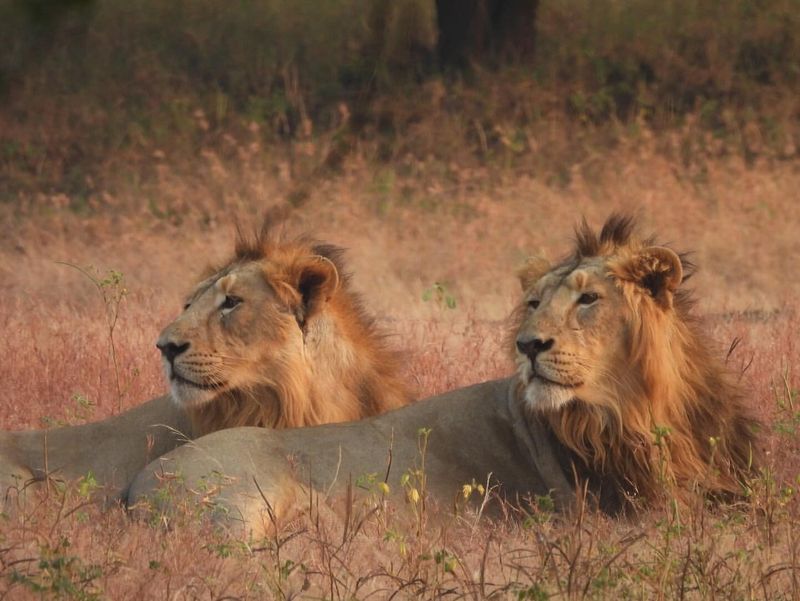
The Mapogo Lion Coalition was renowned for its unparalleled strength and teamwork, which were the cornerstones of their dominance. The combination of physical prowess and strategic cooperation enabled them to overcome challenges that would have been insurmountable for other lion groups.
This exceptional teamwork allowed them to maintain control over large territories and multiple prides. Their strength was not just physical but also psychological, as they instilled fear in their rivals and deterred potential threats.
This reputation for brutality and effectiveness ensured that few dared to challenge their authority. The coalition’s ability to work cohesively as a unit was evident in their hunting strategies and territorial patrols, where each lion had a specific role.
This seamless coordination was a result of their deep bond and shared purpose, which allowed them to outwit and overpower other lion coalitions. It is this combination of strength and teamwork that made the Mapogo lions a legendary force in the African wilderness, leaving a lasting legacy of what true collaboration can achieve.
7. Conflicts And Rivalries: The Battles That Defined The Mapogo Era
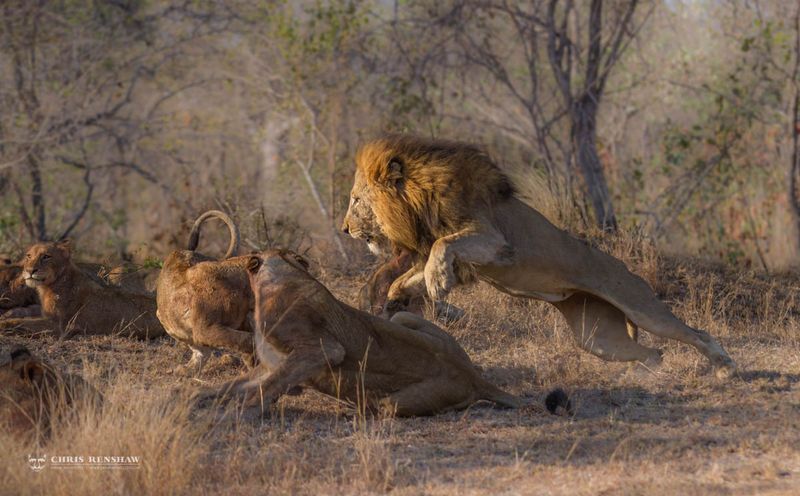
The Mapogo Lion Coalition’s reign was marked by numerous conflicts and rivalries, which played a significant role in defining their era. Their aggressive nature and unrivaled strength often led them into battles with other lion prides, which were crucial in maintaining their dominance over the Sabi Sands.
These encounters were not just about territory but also about survival and legacy. One of the most notable rivalries was with the Selati males, a formidable group that posed a significant threat to the Mapogos’ control.
The battles between these coalitions were fierce and brutal, showcasing the raw power and strategic acumen of the Mapogo lions. Despite facing formidable opponents, the Mapogos’ unity and tactical superiority often led them to victory. These conflicts were not without cost, as the coalition suffered injuries and losses over time.
However, their ability to adapt and learn from these encounters reinforced their status as dominant leaders. The battles and rivalries of the Mapogo era continue to be a testament to their strength and tenacity, illustrating the harsh realities of life in the wild.
8. The Brutality Of The Mapogos: Unprecedented Lion Tactics
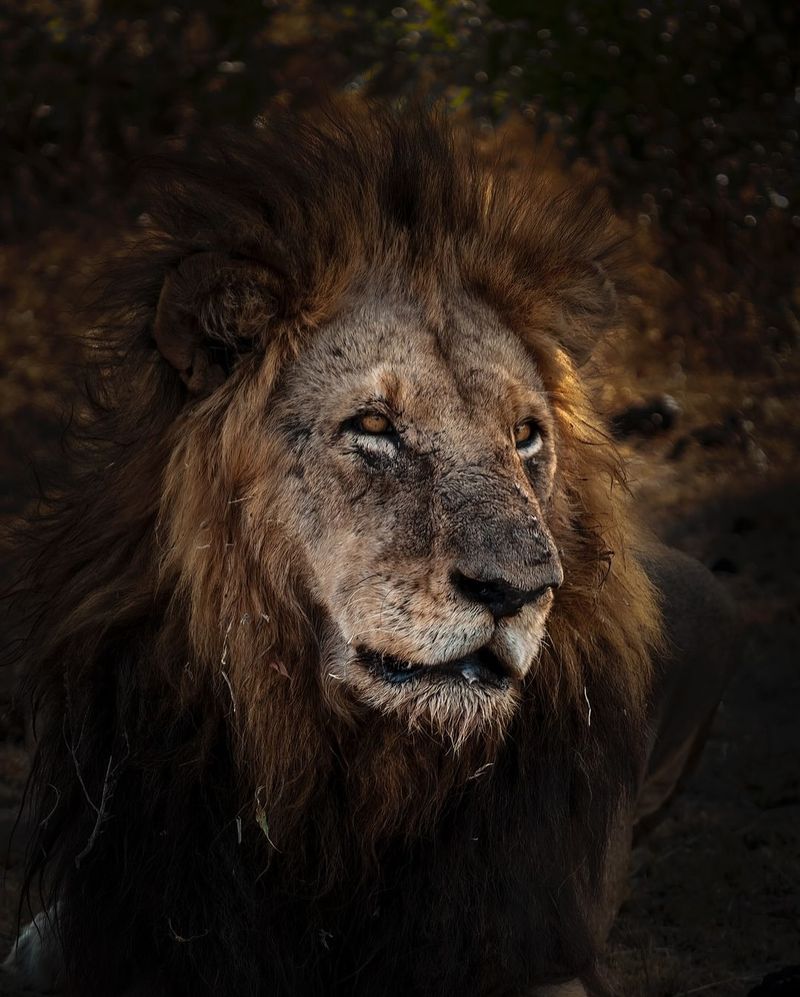
The brutality of the Mapogo Lion Coalition is legendary, marked by unprecedented tactics that set them apart from other lions. Known for their aggressive and often ruthless approach, the Mapogos were feared by many in the animal kingdom.
Their tactics involved not only overpowering rival males but also eliminating cubs sired by those rivals, ensuring their own genetic legacy. This level of aggression was unusual and highlighted their strategic mindset in maintaining dominance over their territory.
The coalition’s ability to execute such tactics effectively was a combination of their strength, intelligence, and unbreakable bond. Their fearlessness in the face of danger and willingness to take on formidable opponents further cemented their reputation as a force to be reckoned with.
While their brutality may seem harsh, it was a reflection of the survival instincts necessary in the wild. The Mapogo lions’ tactics served as a reminder of the raw and often unforgiving nature of life in the African savannah, where only the strongest and most strategic survive.
9. The Impact On Local Lion Populations: Shifting The Balance Of Power
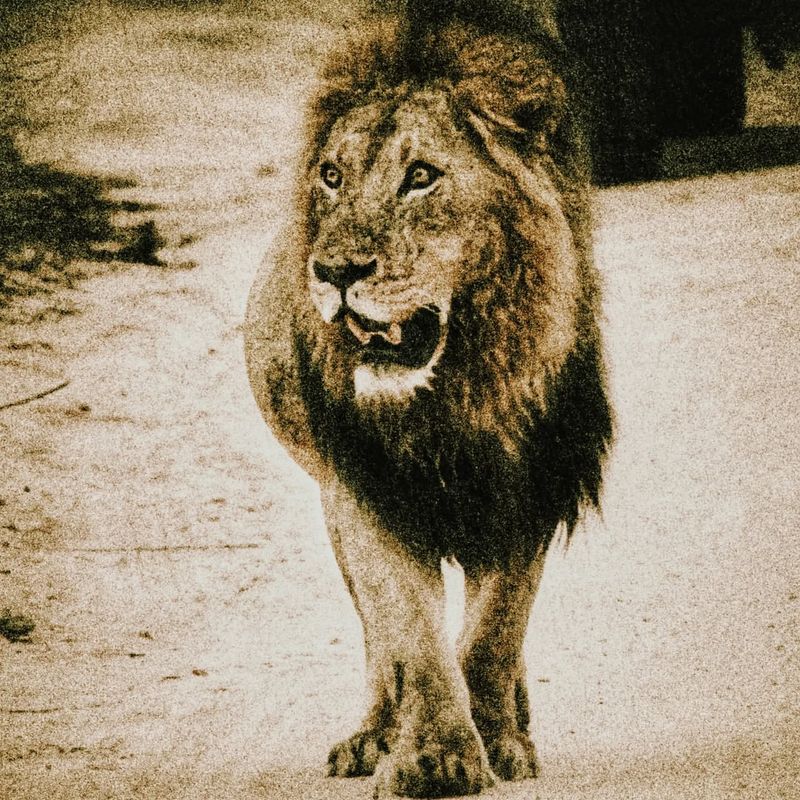
The presence of the Mapogo Lion Coalition had a profound impact on local lion populations, shifting the balance of power significantly. Their dominance over the Sabi Sands led to changes in the social structure of several prides, as the Mapogos often displaced resident males and took over their territories.
This resulted in the siring of new generations of cubs, altering the genetic landscape of the region. The coalition’s aggressive tactics and territorial expansion caused a ripple effect, affecting not only lions but other wildlife as well.
Their control over resources and prime habitats meant that rival lions and predators had to adapt, often relocating to less favorable areas. This shift in power dynamics highlighted the influence a single coalition could exert on the broader ecosystem.
While their reign brought challenges to other lion groups, it also introduced new genetic diversity and resilience into the prides they controlled. The impact of the Mapogo lions on local populations underscores the complex interplay of survival, adaptation, and leadership in the wild, showcasing the delicate balance of nature.
10. The Decline Of The Mapogo Coalition: Challenges And Losses
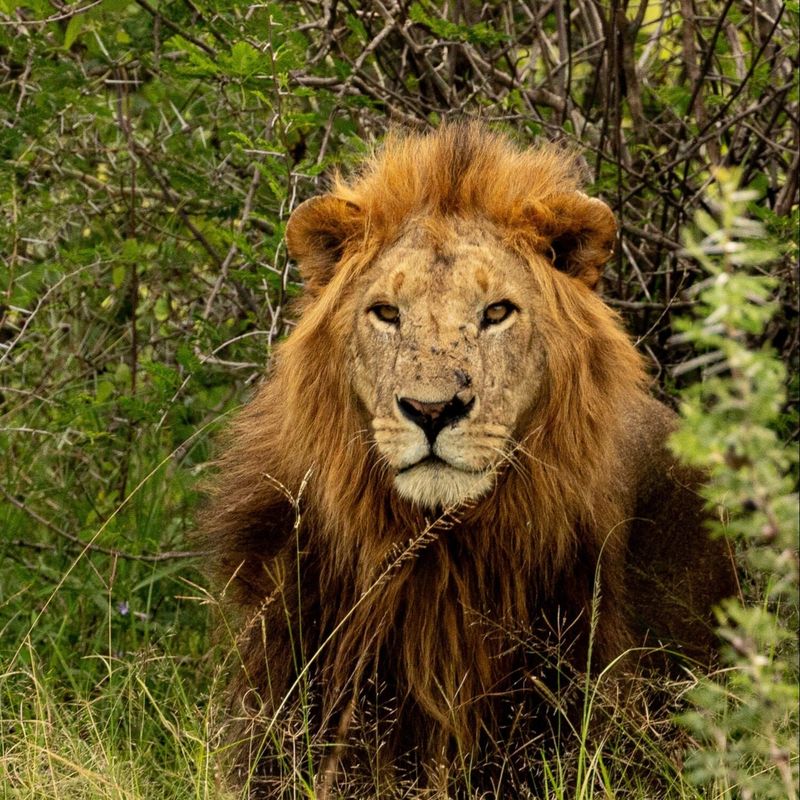
The decline of the Mapogo Lion Coalition was a result of various challenges and losses that eventually weakened their stronghold. As the coalition aged, younger and stronger lion groups began to challenge their authority, marking the start of a new era in the Sabi Sands.
These challenges were compounded by internal conflicts and the natural wear and tear that comes with living a life of constant battle. One of the key moments in their decline was the loss of key members like Kinky Tail and Mr. T, whose deaths marked a significant turning point for the coalition.
Their absence left a gap in the group’s dynamics, making it difficult to maintain their previously unassailable dominance. Despite their decline, the Mapogo lions left an indelible mark on the history of lion coalitions.
Their story serves as a poignant reminder of the cyclical nature of life in the wild, where even the most powerful must eventually face the inevitable challenges of time and change. The Mapogo legacy continues to inspire and teach valuable lessons about resilience and adaptation.
11. Legacy Of The Mapogo Lions: How They Changed The Lion World Forever
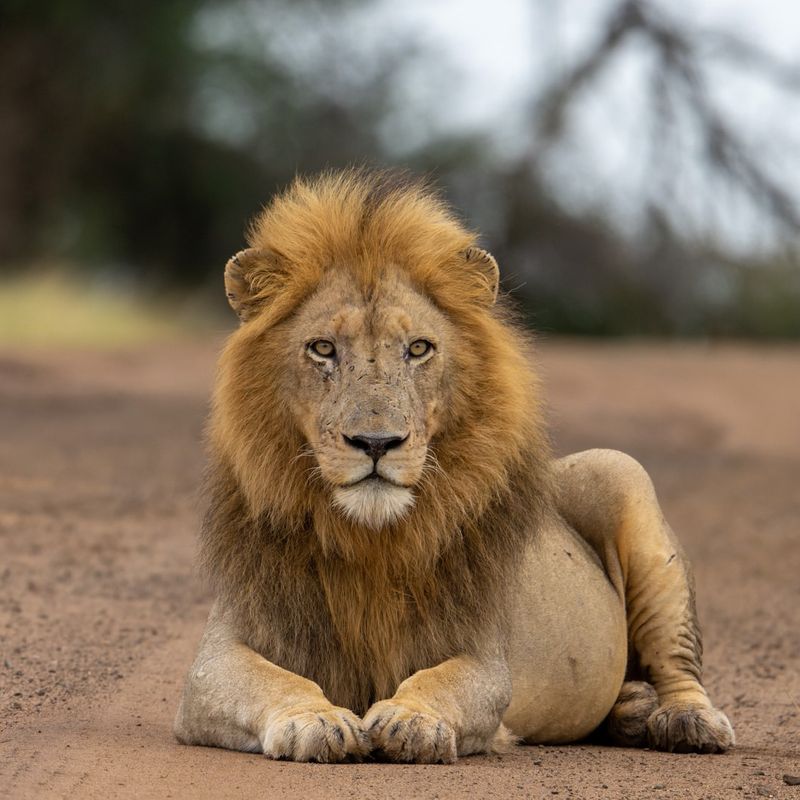
The legacy of the Mapogo Lion Coalition transcends their physical existence, leaving a lasting impact on the lion world and wildlife enthusiasts globally. Their story of dominance, unity, and strategy has become a benchmark for understanding lion behavior and coalition dynamics.
The Mapogos changed perceptions about the capabilities of male lions working together, showcasing the power of collaboration. Their reign over the Sabi Sands demonstrated the importance of strategic thinking and adaptability in the wild.
Researchers and wildlife observers have drawn valuable insights from the Mapogo era, using it as a reference point for studying other lion coalitions and understanding the complexities of lion social structures. The tales of their exploits continue to captivate audiences, inspiring documentaries, books, and discussions about their influence in the animal kingdom.
The Mapogo lions have undoubtedly secured a place in history as one of the most formidable and influential coalitions, teaching us about the intricate balance of power, survival, and legacy in the natural world.
12. Lessons From The Mapogo Era: Understanding Lion Coalitions In The Wild
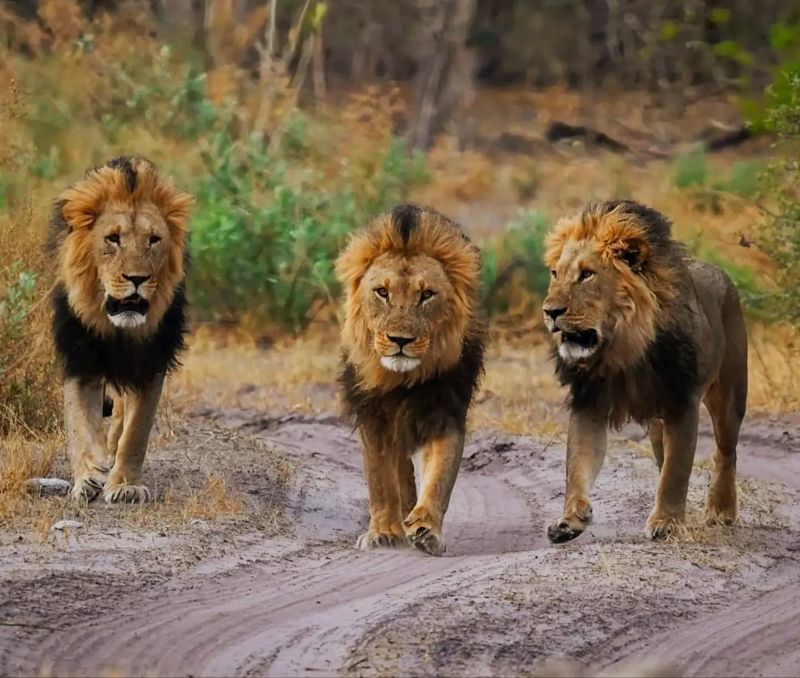
The Mapogo era offers invaluable insights into the nature of lion coalitions and their role in the wild. The dynamics of the Mapogo lions have provided a deeper understanding of how coalitions form, function, and succeed in the harsh environment of the African savannah.
Their story emphasizes the importance of unity, strategic planning, and adaptability in overcoming challenges. One of the key lessons from the Mapogo lions is the significance of cooperation among male lions, which can lead to enhanced survival and territorial control.
Their ability to work together seamlessly showcased the potential of male alliances in influencing lion populations and ecosystems. The Mapogo era also highlights the fragile balance of power and the inevitable changes that come with time.
As new coalitions rise, they face similar challenges and opportunities, drawing inspiration from the legacy of the Mapogos. These lessons continue to shape our understanding of lion behavior, emphasizing the complex and ever-evolving nature of life in the wild.


